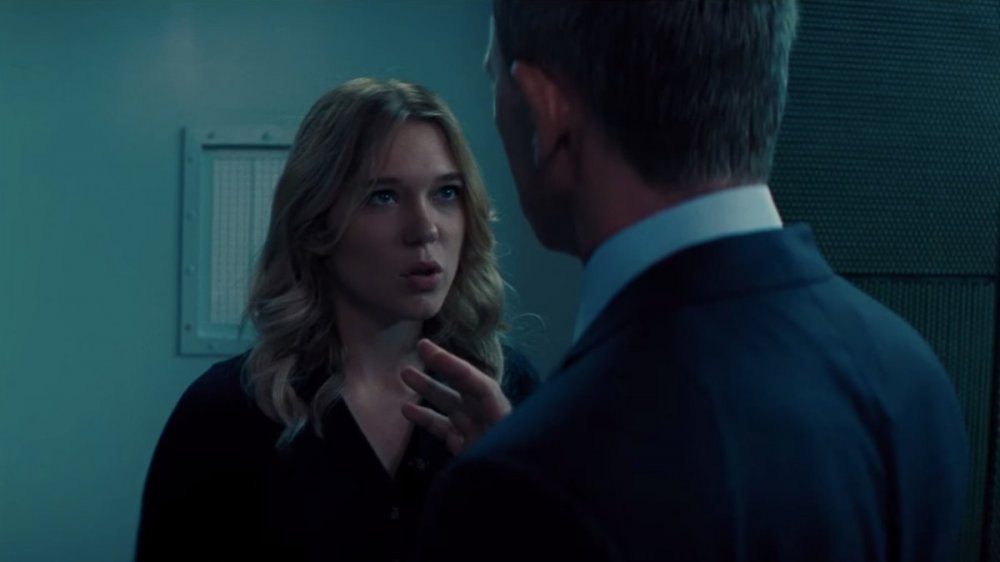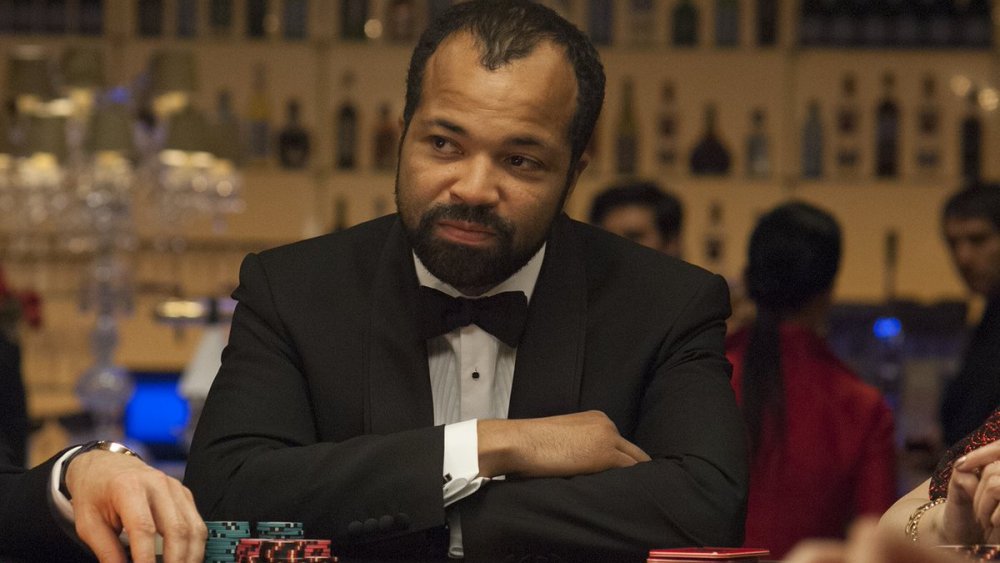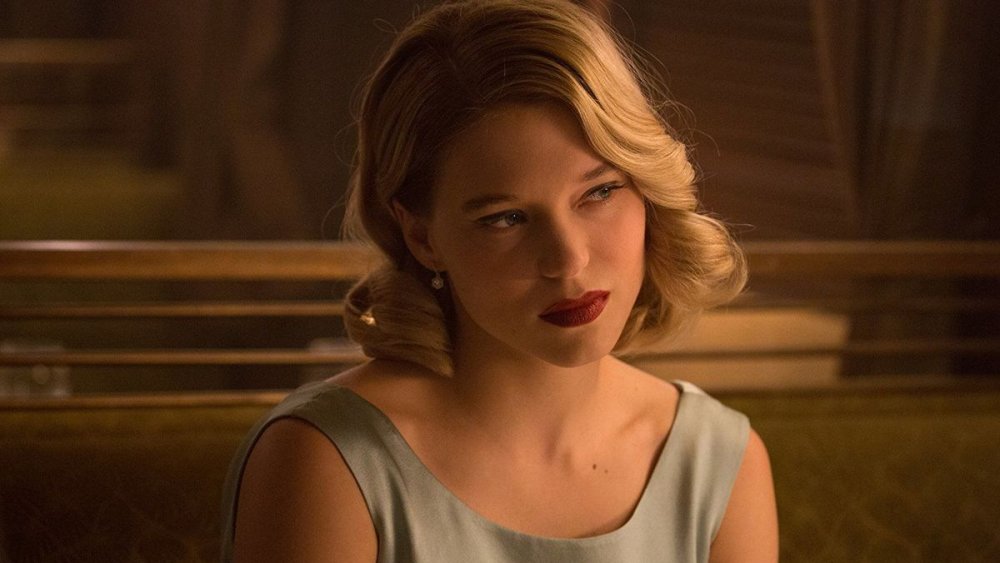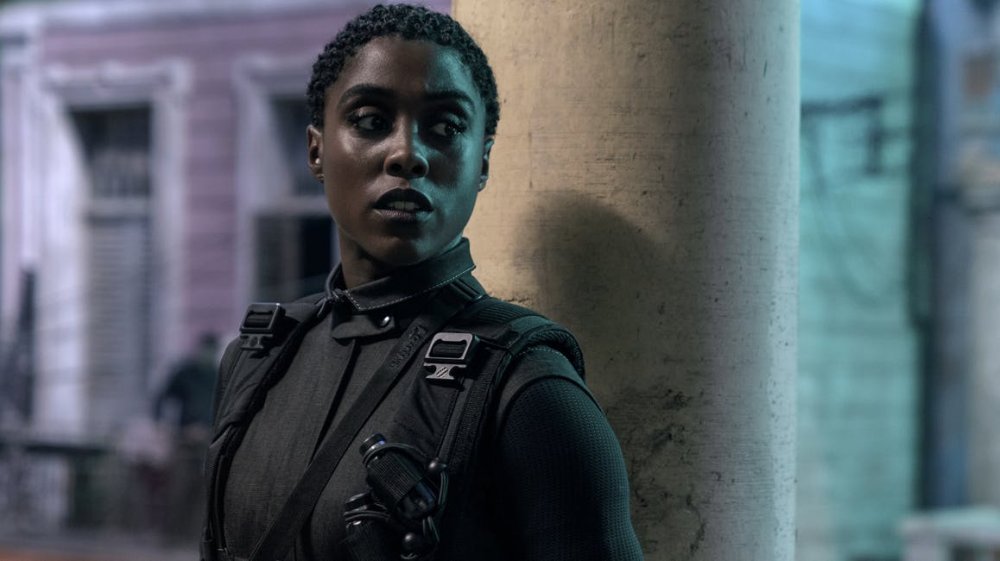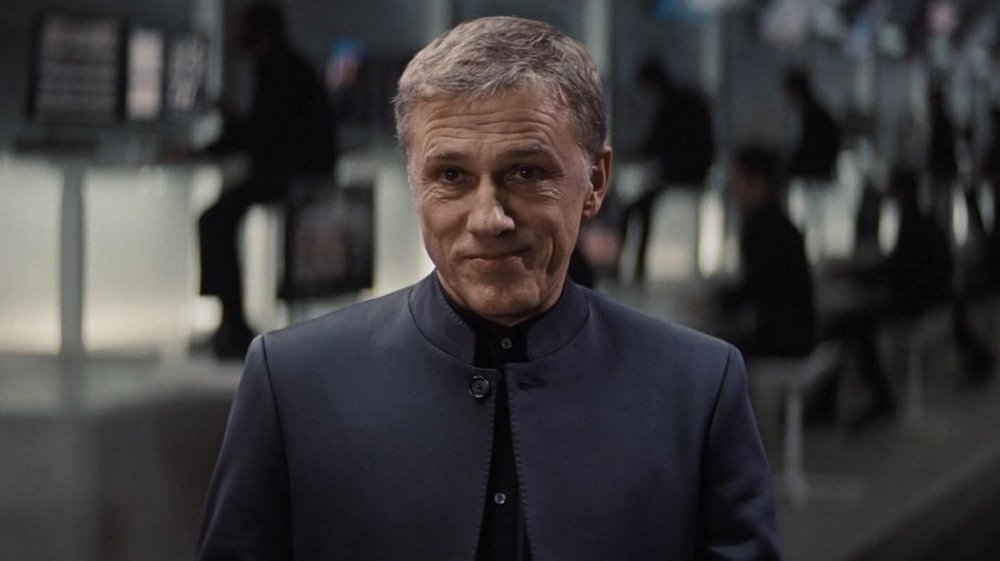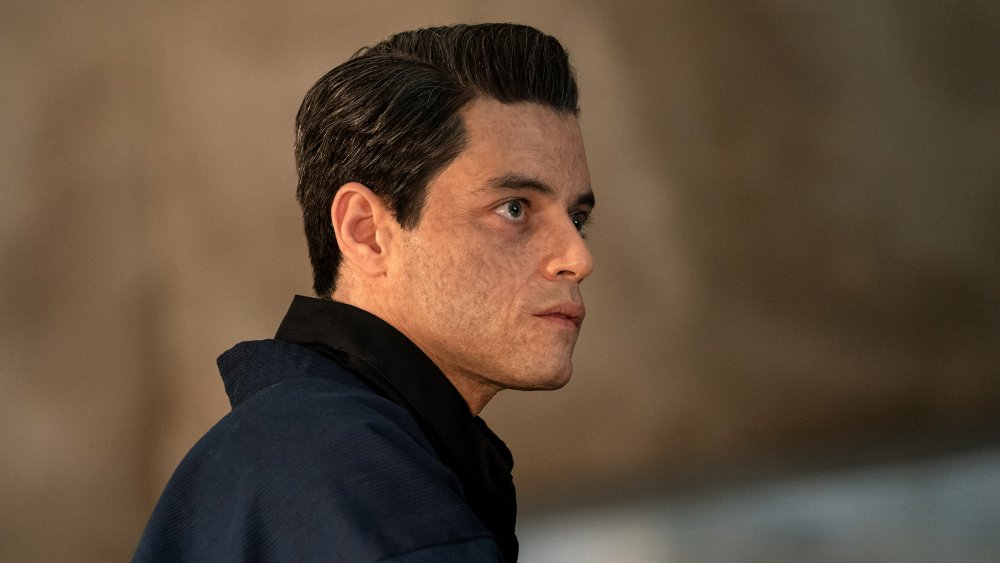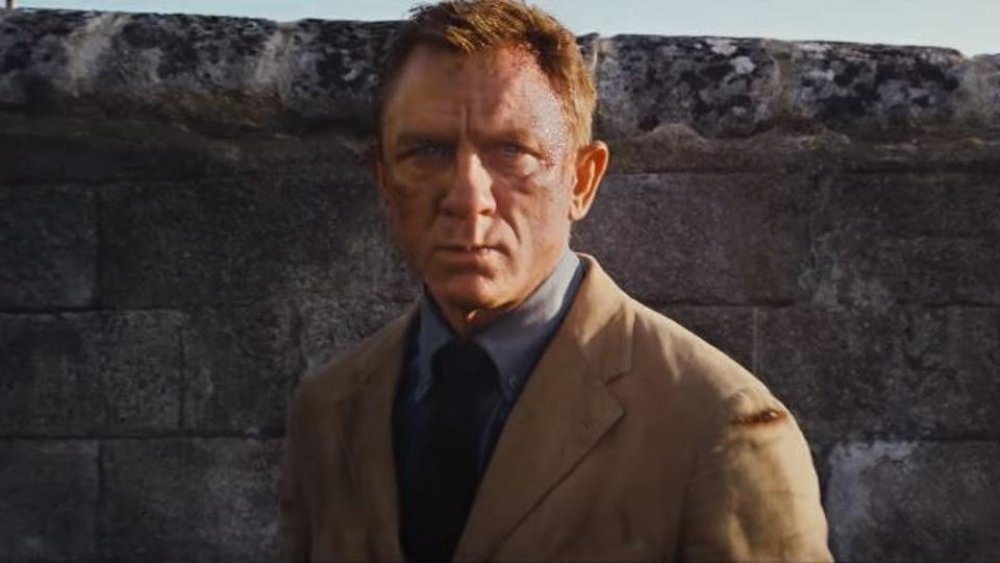The No Time To Die Trailer Explained
The beginning of the end of an era has arrived.
On Wednesday, December 4, Universal Pictures released the first trailer for No Time to Die, which will be Daniel Craig's final foray as the immortal British super-spy James Bond. Starring in five James Bond franchise entries over 14 years, Craig will become the longest-serving man under the title, just nudging out the beloved Roger Moore (who held the role for 13 years) for the trophy.
The film landscape in which Casino Royale, Craig's first Bond appearance, was released during the 2006 holiday season couldn't be more different from the one in which No Time to Die will enter — and Craig's storyline through it reflects a lot of the major changes in the film industry and culture shifting between each Bond movie debut: increasing gender parity, more diverse characters (who don't appear only in villainous roles), more honest depiction of the fallacies of Western political meddling. All these facets appear to be coming to a head in No Time to Die, and Bond must contend with the collapse of his personal world and perhaps have the most emotional conflict the character has ever had to confront.
All this and more is on display in the first No Time to Die trailer, and we're here to break it down in easy-to-digest terms.
No Time To Die takes place five years after Spectre
There's going to be a fair chunk of time breaking up the events of Spectre and No Time to Die: five years — the same amount of time that has passed between the two films' theatrical releases.
We understand from the No Time to Die trailer that Bond and Dr. Madeleine Swann's (Léa Seydoux) drive off into the sunset at the end of Spectre was the only retirement announcement MI6 was ever going to get. Bond has since taken off to Jamaica — living an idyllic existence on the water with Dr. Swann, finding some peace at last. It seems some even thought Bond was dead during this five-year break, judging from the deadpan reaction on MI6 Quartermaster Q's (Ben Whishaw) face when Bond later appears before him and gives him a cheerful greeting.
From the end of 2015's Spectre to the beginning of 2020's No Time to Die, time and life have gone on without Bond exactly as he wanted — and permitted Lashana Lynch to replace him as a 00-status asset (though it remains unclear right now if she is indeed taking up the specific mantle of 007) and get a significant amount of experience under her belt in that capacity.
Felix Leiter pulls Bond out of retirement
So, we know that Bond is back in business after a brief retirement, but who pulled him out of paradise? Jeffrey Wright's Felix Leiter.
It's been a while since we've seen Leiter in Craig's span of the James Bond franchise. In case you don't remember, the character is, traditionally, American CIA attache and friend to James Bond, and has popped up here and there in many Bond franchise films since Dr. No. Jeffrey Wright's iteration hasn't appeared since 2008's Quantum of Solace, and was only mentioned in 2015's Spectre. In No Time to Die, Leiter seeks out his now-retired friend to take an off-the-books assignment — though we're very curious to know how he knows Bond isn't dead and can make the effort to call on him for what boils down to mercenary work ("a favor," as Leiter smoothly requests) while Q has no clue Bond is still kicking around.
What's really going on with Bond and Madeleine
Whatever paradise James Bond and Dr. Madeleine Swann achieved in the five years between Spectre and No Time to Die appears to have become a paradise lost, because it looks like a conflict between them will comprise a major subplot in the upcoming film.
Madeleine has a secret — we all do, Bond asserts in the trailer — and now it's time to know it. No Time to Die suggests that Bond and Madeleine will break up within the first act of the film following some kind of betrayal, though it may be accidental on her part. Considering her father was Mr. White, the assassinated former ally of Spectre, and that she was also very aware of Spectre's existence, she no doubt has some insidious histories she's worked very hard to bury and avoid stirring up again. If she knew about her father's criminal ties, was she possibly more party to it than she originally lead on before cutting him out of her life?
We also must consider the fact that Madeleine is a psychologist, and that the No Time to Die trailer is cut to reveal she's been sent the same mask the film's main villain wears later on during his monologue. Did Dr. Swann previously treat Safin, the nefarious man played by Rami Malek? Is there a connection between the two of them that will destroy Madeleine's relationship with Bond? Remember, Bond has previously been deeply betrayed by a woman he truly cared for: the HM Treasury agent Vesper Lynd (Eva Green), who embezzled important funds during the events of Casino Royale. You know what they say: once bitten, twice shy. For once, it may not be Bond leaving the woman utterly in the wind in No Time to Die.
Who is Lashana Lynch's No Time To Die character?
Since Lashana Lynch was cast as Nomi in No Time to Die, speculation has flown left and right about her place in the film and whether she'll be designated with 00 status. The No Time to Die trailer confirms this notion for good — she is working as a 00 agent — but we still don't know for sure whether or not she's replacing Craig as the new 007 going forward.
In the first No Time to Die trailer, Lynch's Nomi is framed in certain shots as a very different kind of 00 compared to what we've seen from most of Craig's career with his soft European Murder Dad look. She's dressed in a more militaristic-slash-tactical style for clandestine operations — and is shown carrying heavier weapons (and more of them) — but Nomi's no less lethal, capable, or sarcastic as Bond. This isn't a training exercise or internship for Nomi in whatever high-stakes adventure brings her and Bond together. They're going to be allies of convenience — but how will Bond handle working with the woman who replaced him that doesn't (immediately) like or need him? We'll have to wait and see.
Who is Ana de Arma's No Time To Die character?
Ana de Armas will appear in No Time to Die as the character Paloma, a CIA agent who assists Bond. She gets only a brief cut with no dialogue in the trailer — which has her doing flips and kicks in an elegant red gown while dual-wielding automatic machine handguns — and details about her role in No Time to Die have been kept very secret so far. That said, de Armas was able to give a little bit of detail about her character when she spoke with The Los Angeles Times: "I wouldn't say she's ordinary, because when she needs to perform her job, she does, but she is flawed. She says what she feels, she's nervous, she's scared. It's human. When I read it I was like 'Oh wait — I can be a Bond girl. I'm that. I'm that messy.”'
Interesting and encouraging words for a role described as a Bond girl — and extra promising for the fact that de Armas is one of four women (and not all of them white, no less!) in substantial roles in No Time to Die.
What's going on with Christoph Waltz's Blofeld?
At the end of 2015's Spectre, we saw Bond relinquish Ernst Stavro Blofeld (Christoph Waltz), the leader of the criminal syndicate Spectre, to MI6 head M (Ralph Fiennes) for arrest after shooting down his helicopter, rather than killing him outright. Now in custody and under what appears to be extreme containment, Blofeld is "the most valuable asset this country has," as M describes him in the No Time to Die trailer.
Blofeld would indeed more valuable alive than dead, but that high cost will likely reveal itself as a terrible consequence for everyone surrounding Bond throughout No Time to Die. Every good supervillain knows how to make themselves useful while in captivity until the moment they can act independently again — that cunning is what draws us back to character archetypes like his again and again.
The most interesting implied turn in the No Time to Die trailer is when M tells Bond to not lose control in Blofeld's presence, given all that has happened between them and the horrors Blofeld has orchestrated and inflicted upon Bond's life. Bond says he would never do that, but then turns the corner to find Dr. Swann with a folder clearly suggesting a psychological profile in hand. They haven't seen each other in what seems like a while and now meet here, preparing to speak with Blofeld. Oh boy, these tangled webs we weave. Blofeld knows Dr. Swann's secret, too, and weaponizing it against Bond is the master stroke in whatever his ultimate plan is.
Who is Rami Malek's No Time To Die villain?
Despite the fact that he's the primary Bond 25 villain, Rami Malek's character remains the biggest mystery going into No Time to Die. We know two things for certain: his name is Safin, and he's been described by longtime James Bond franchise producer Barbara Broccoli as "the one that really gets under Bond's skin [...] a nasty piece of work." He appears in the No Time to Die trailer as limping, scarred, and possibly differently abled, judging from the odd way he holds his gun.
A particular monologue from Safin draws parallels between himself and Bond: "A license to kill. A history of violence. I could be speaking to my own reflection." His villainous connections aren't clarified in the trailer, but it's difficult to believe he doesn't somehow tie back to Spectre and whatever master plan of malfeasance Blofeld is cooking up from his tiny cube prison.
Death is a big theme in the first No Time to Die trailer, and Safin underlines it the most heavily: "Your skills die with your body. Mine will survive long after I am gone." The stakes for James Bond are often the safety entire world or some other gigantic concept, but it feels more consequential that it's for once really, truly his life that's the biggest stake of all. It seems like Safin could be the one who decides Bond's ultimate fate.
Why No Time To Die will feel different than past Bond movies
With No Time to Die being Craig's final James Bond film, and with no actor as of yet officially announced as taking up the mantle, all bets are off as to how this is going to end. We're saying goodbye to a specific iteration that has transformed the format we've known for 50 years more than any other man who has come before. Craig's Bond has been a very emotional creature who has experienced actual, true love twice in 10 years. He also has real friends in his colleagues — and we can call them friends because they are capable of doubting, confronting, and calling him out on mistakes.
Craig's Bond began with high aspirations in his newly acquired 00 status during Casino Royale and has deteriorated into basically a hermit who actively hates his job because it has killed his humanity. We know he's an orphan who has never known familial connection save through one human being: Judy Dench's M — who died a terrible death right in front of him. Of his four currently released films, vengeance defined the first half, and loss, the second. He acknowledges his own alcoholism, because it's not 1962 anymore and it isn't suave or debonair to cope with shaken-not-stirred martinis.
Pop culture treats James Bond, the historical archetype, like any other superhero: conceptually immortal, tireless, always right, casually womanizing and frequently denigrating to those he doesn't consider his equal, which is virtually everyone. Craig's James Bond has often been completely wrong, and has time and again been portrayed as desperate — though in that silent, straining, very upper-crust British way. He asks for help — and asks it of people very different from him as a grizzled, stoic, buff white dude — because he knows exactly where his strengths begin and end, as much as it annoys him to admit it. And he is always, always tired. That doesn't cheapen or, as has been suggested in the past, feminize him; that makes him so much more real. Safin's reference to Bond as a reflection suggests that the final boss for James Bond is himself. That's not a novel idea, as he's previously tangled with people just as smart and cunning and capable as him, but the twist is in making that narrative twin he must battle be the worst of himself and the society he represents.
The piece missing to continue this extended trope upheaval is death, because to give Daniel Craig's James Bond death is to give that character the humanity he consistently craves. The No Time to Die trailer sets the stakes around Bond — his life, his friends, his love. His existence is held over him as transient, while Safin wants to achieve effective immortality. The threatened destruction isn't political or social, it's personal, which is the only correct way to frame it at the end of all these years. That's not sad at all — that's fresh, new, and freeing. It acknowledges the many uncomfortable societal truths Bond's fictional life has encapsulated, then puts them to rest. Maybe James Bond does need to die, and in doing so, represent compassion and humanity.
Fans can find out Bond's final fate when No Time to Die opens in theaters on April 2, 2020 in the U.K. and April 8, 2020 in the U.S.
